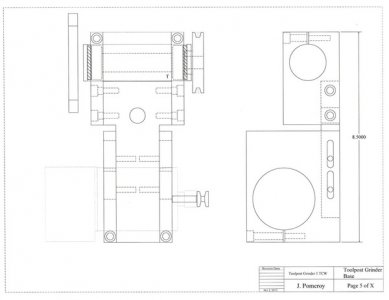I am not quite sure what the brush angle of 20 degrees means. In all my years of designing power tools the brushes were perpendicular to the commutator, but the "brush angle" was the amount that they were rotated with respect to the field neutral position. It could be mechanically by moving the brush gear around the comm..or by shifting the comm during the armature pressing process.
My experience is mostly with fractional hp universal and PM motors.
Could you clarify your comments so I don't lead anyone astray.
David


